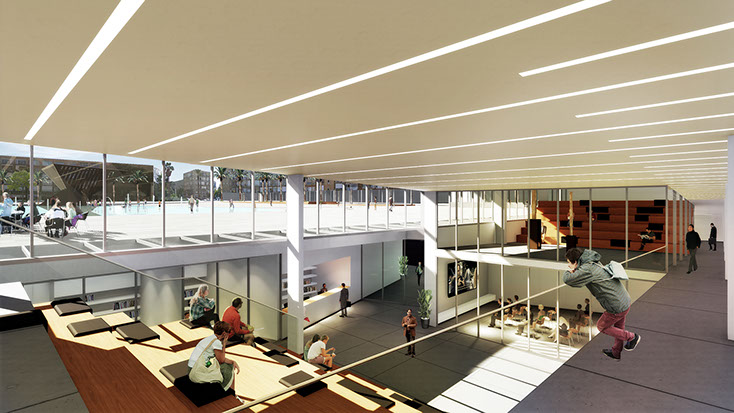Home » project » Competition » Rabin Square Competition
The unplanned “empty rectangle” known as Rabin Square has been shaped over the years by the emotional, ideological, and political events that have shaped the country’s history. It has been a public space where protests, celebrations, and gatherings have taken place. The political dynamics unfolded as prime ministers and opposition leaders delivered speeches, with left standing against right or sometimes standing together. While the Western Wall is where people go to feel Jewish, Rabin Square is where they go to feel Israeli.

In contrast to the “perceptual” perception of the square, the surrounding residential buildings and the municipality structure represent its “physical” perception as a gap in the urban fabric. It exists as an empty space in everyday life, without internal divisions, subspaces, or the exploitation of the immense potential it holds at an urban level.
The changes that will come with the construction of the parking lot and light rail will completely transform its use. The square’s design takes all these factors into account, along with promoting urban innovation, urban nature, and the development of public spaces in the city that are practical and necessary in the current era. The emptiness that suited its national roles can no longer fulfill the everyday urban aspect, and it is time for an update.
In other words, in our opinion, we need an urban “hall” space that can adapt and take shape according to both national and urban needs. This is the missing aspect in the square, the everyday practical aspect.